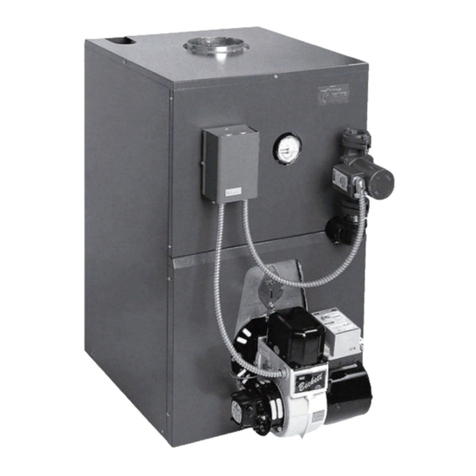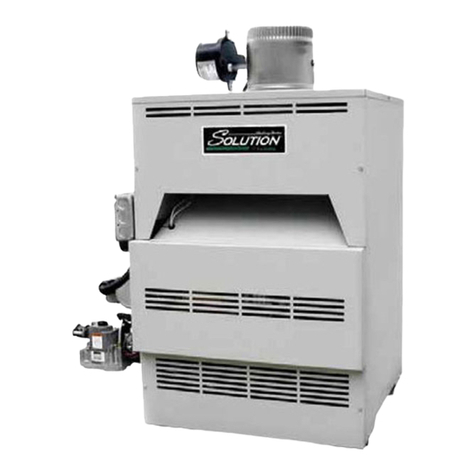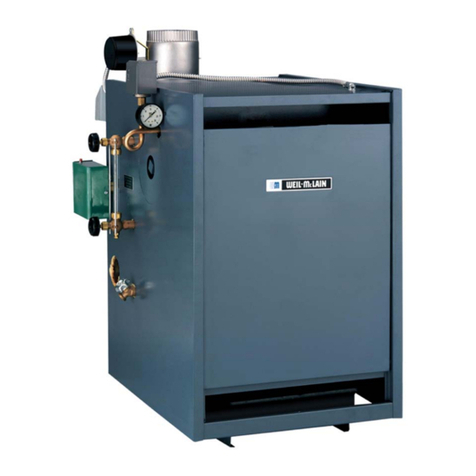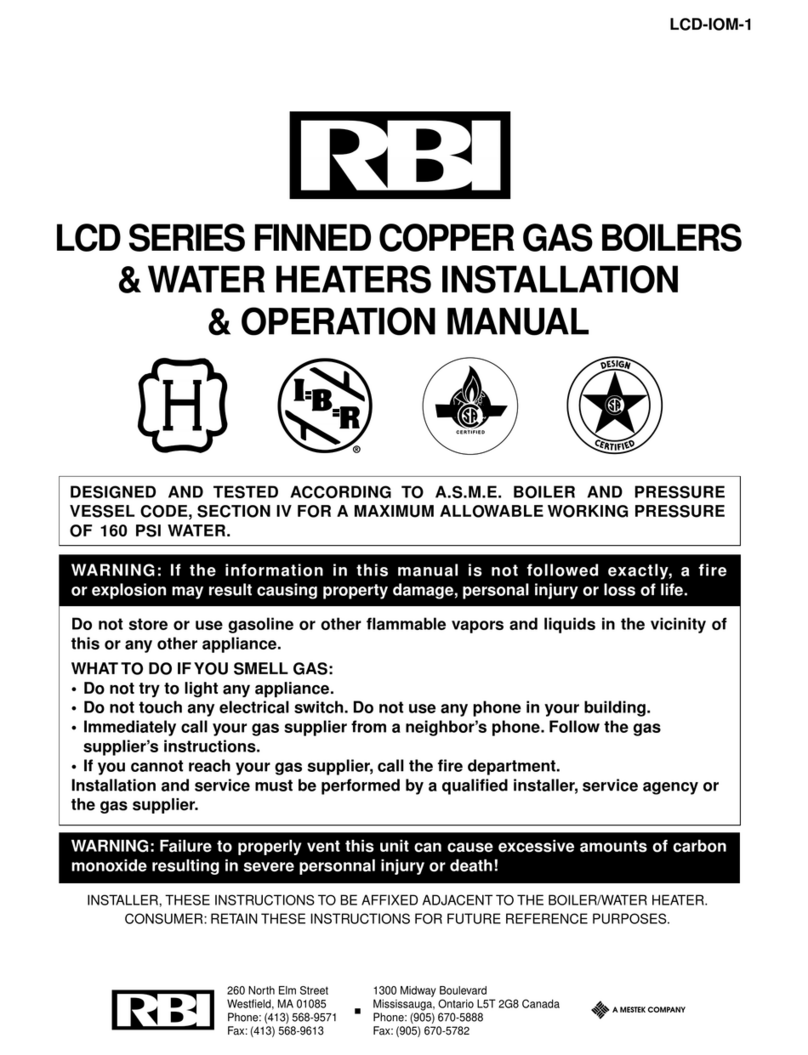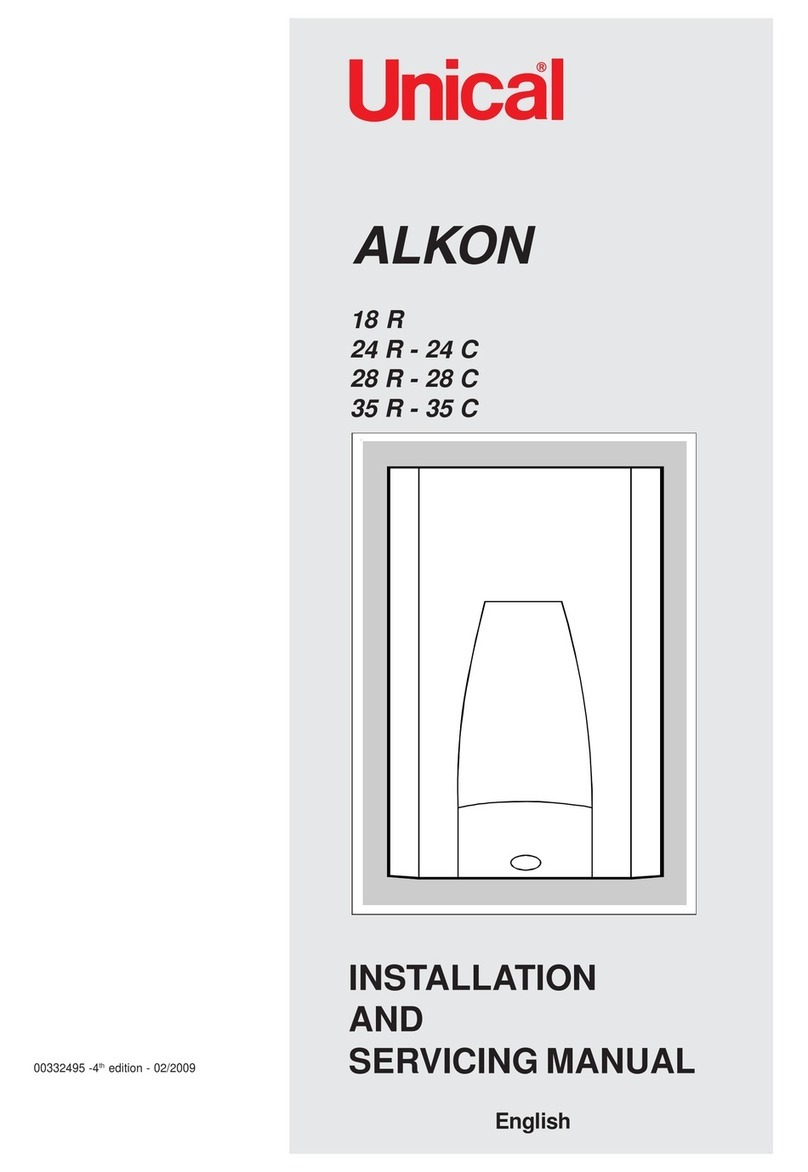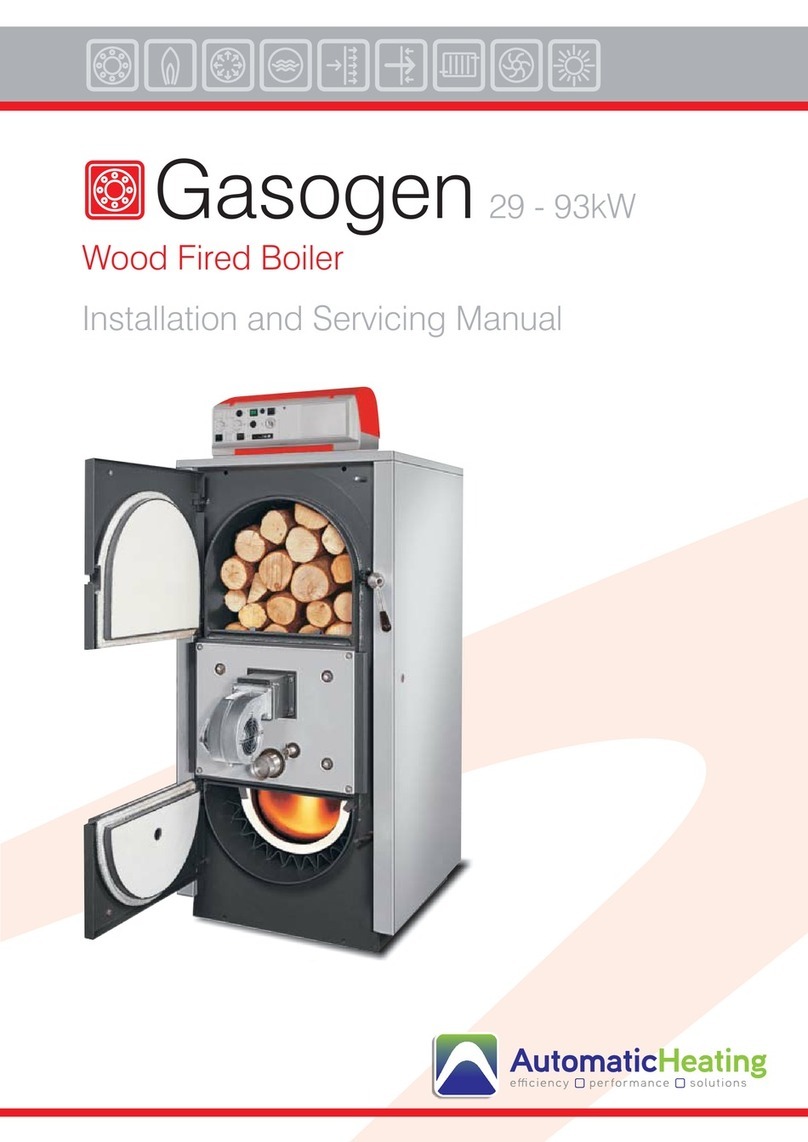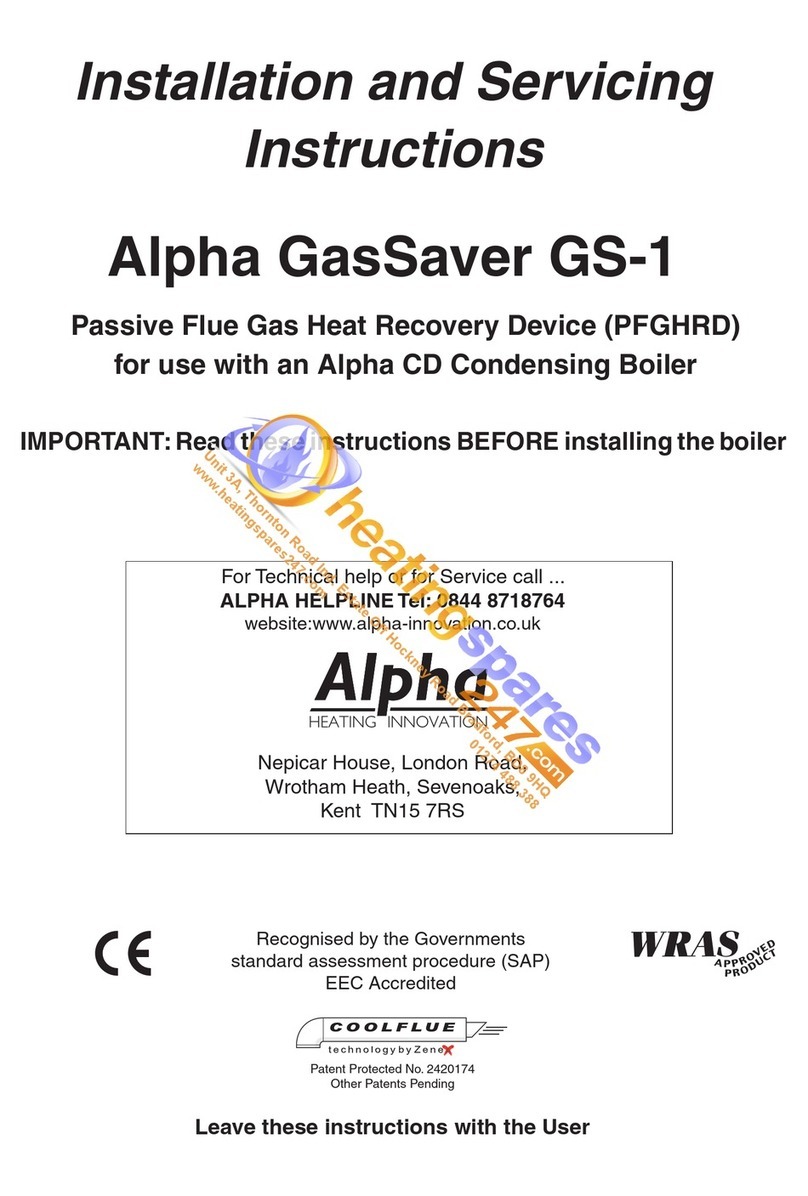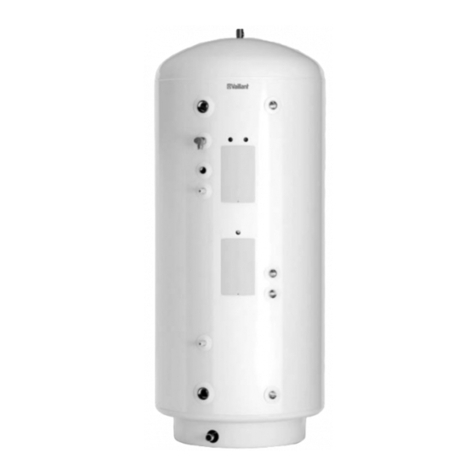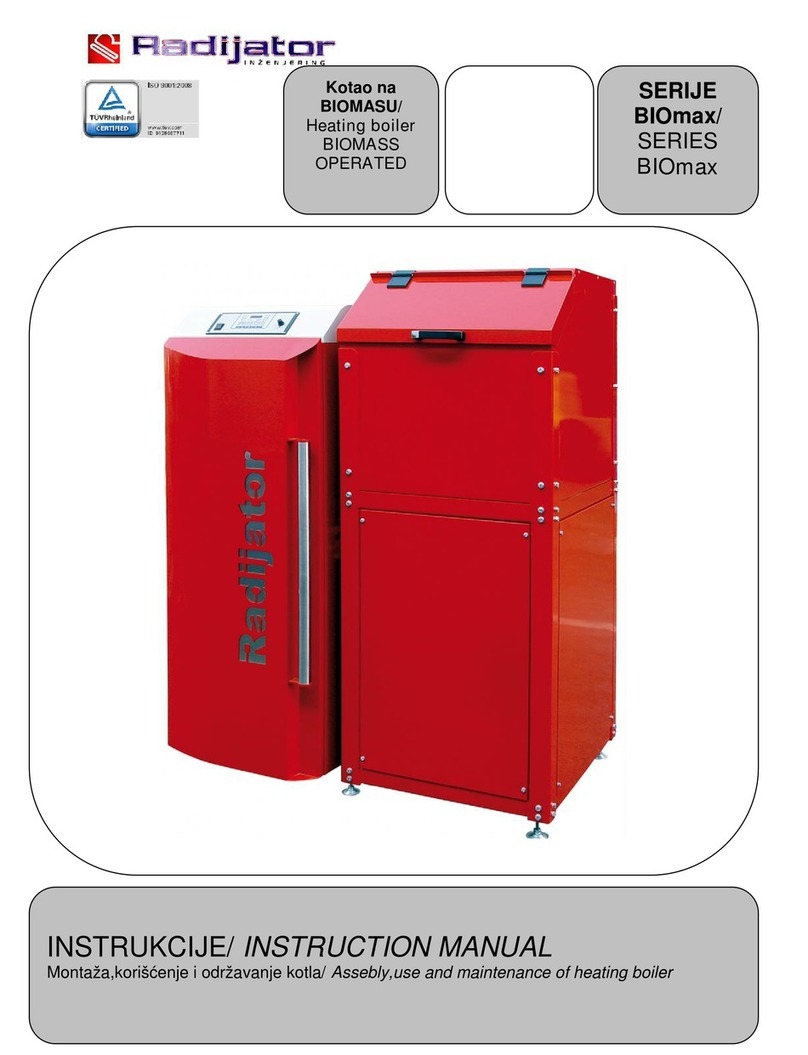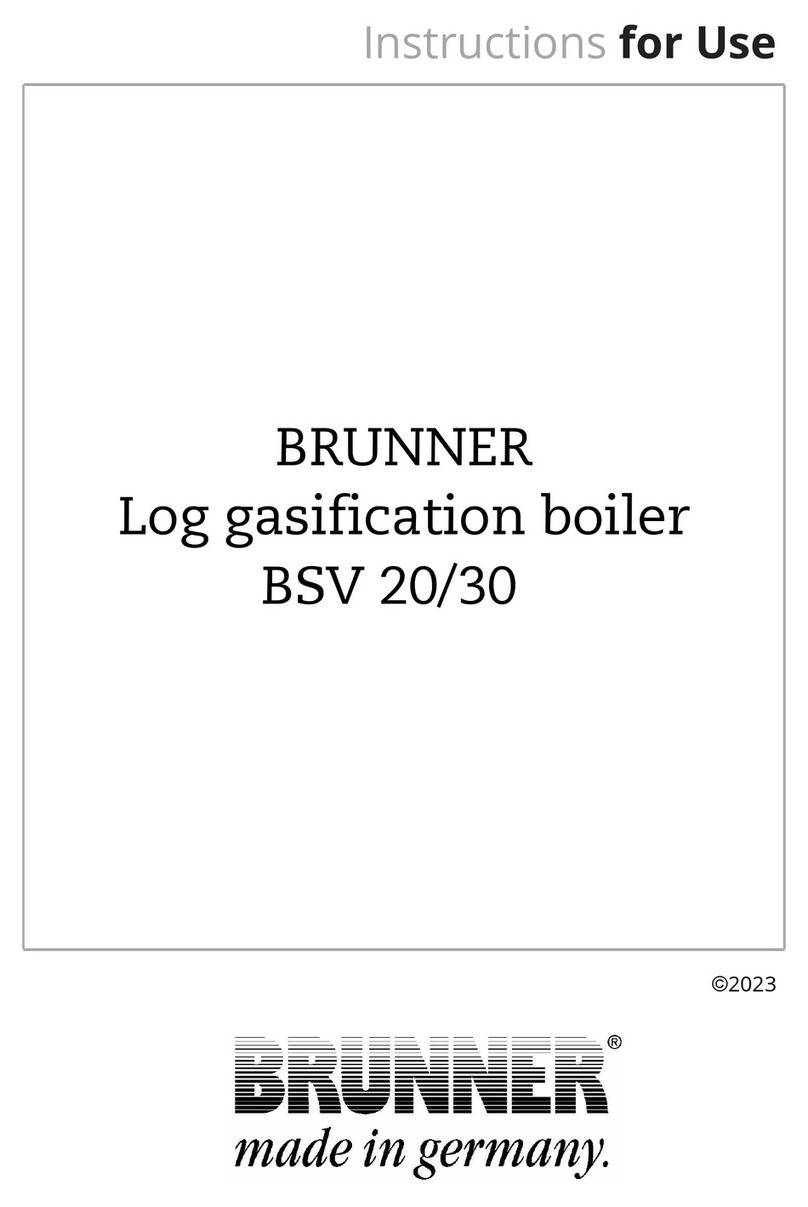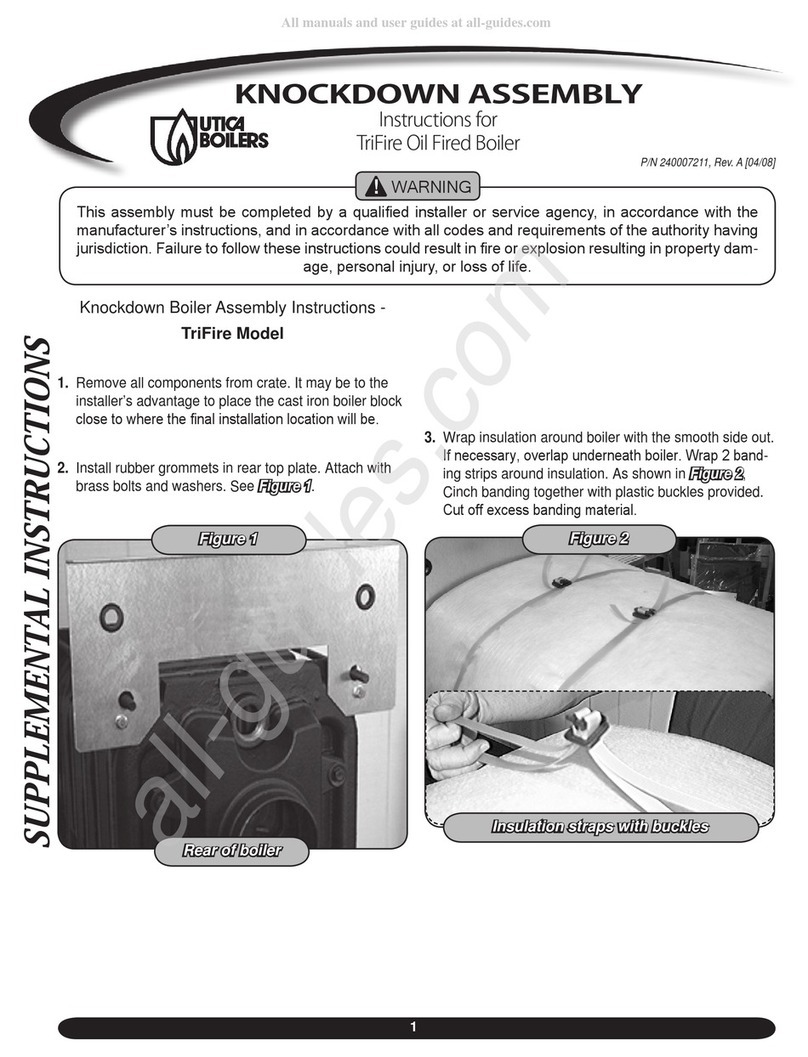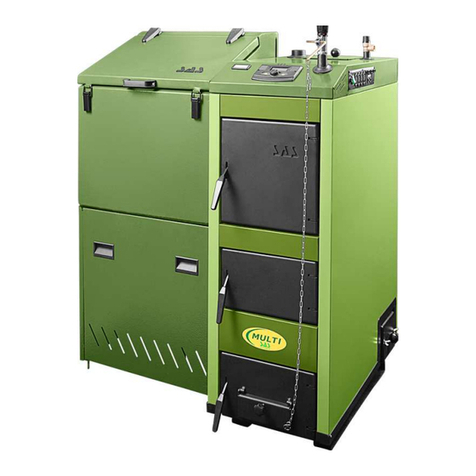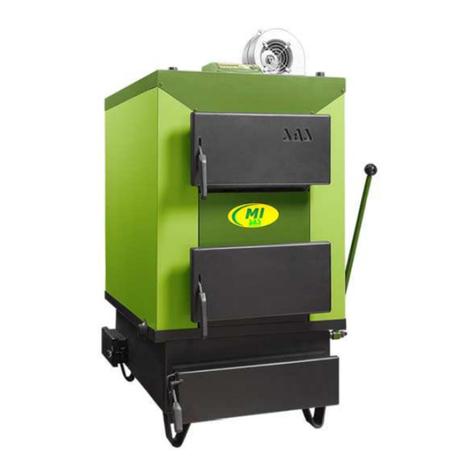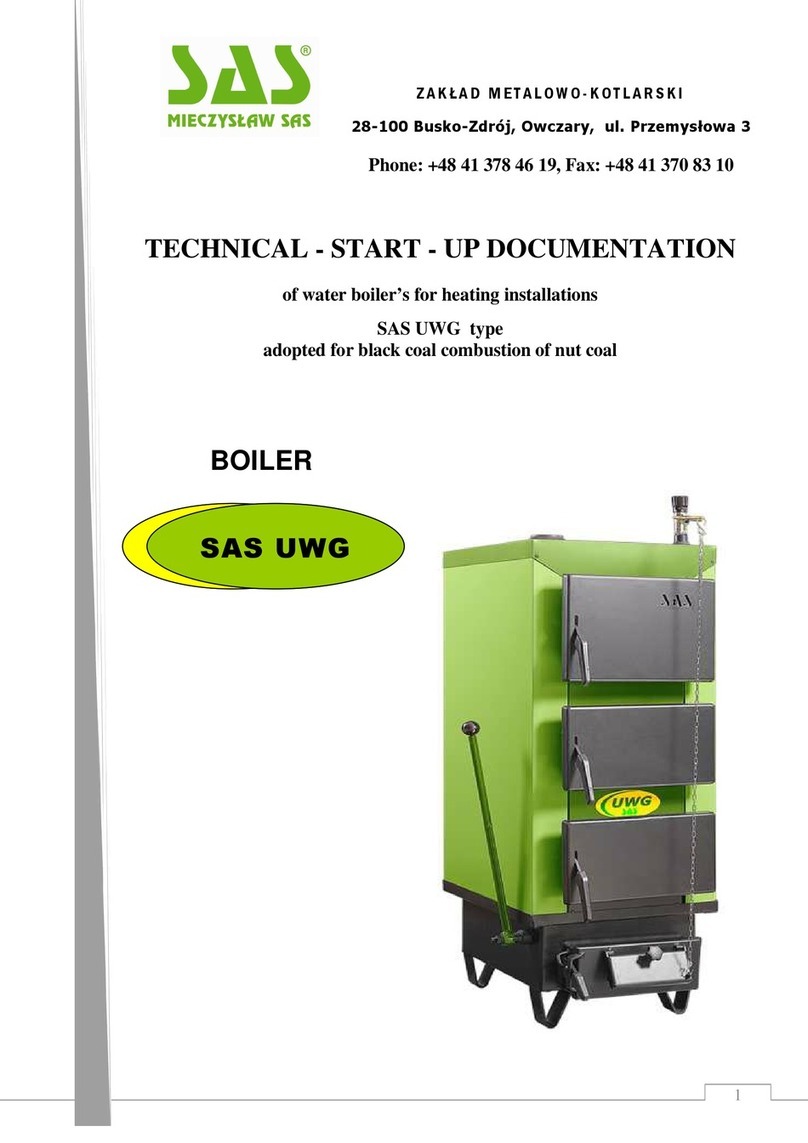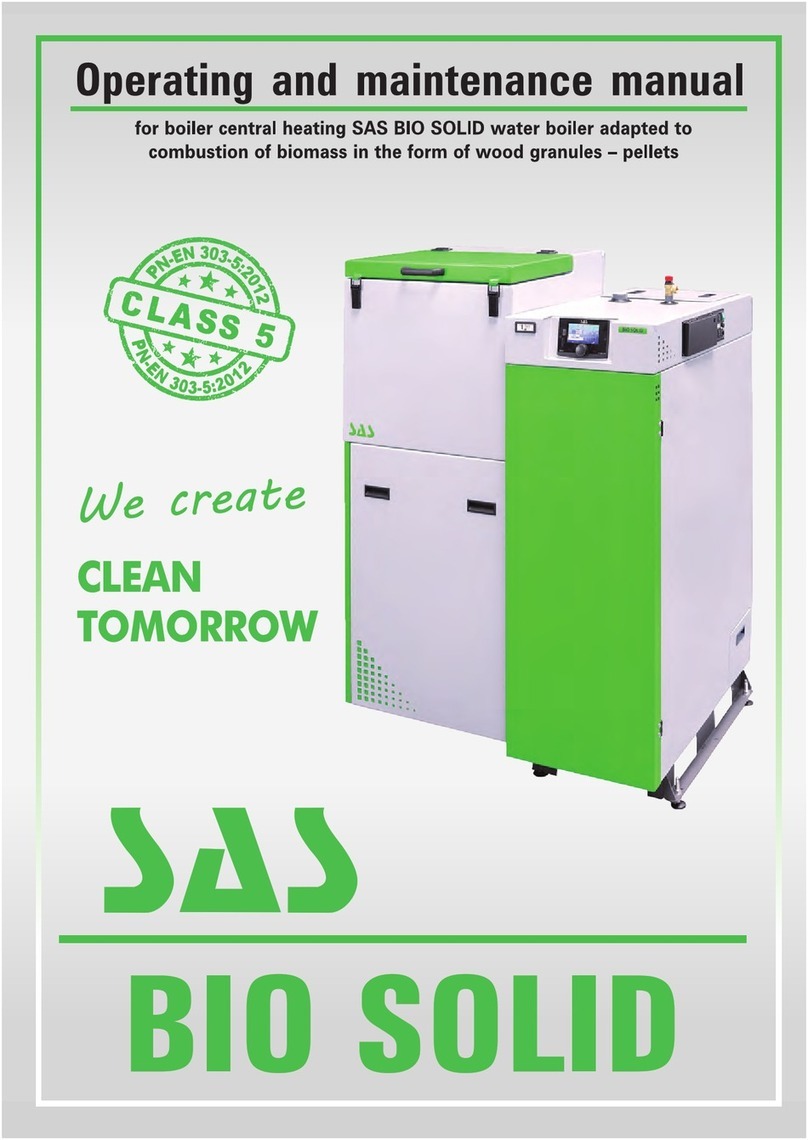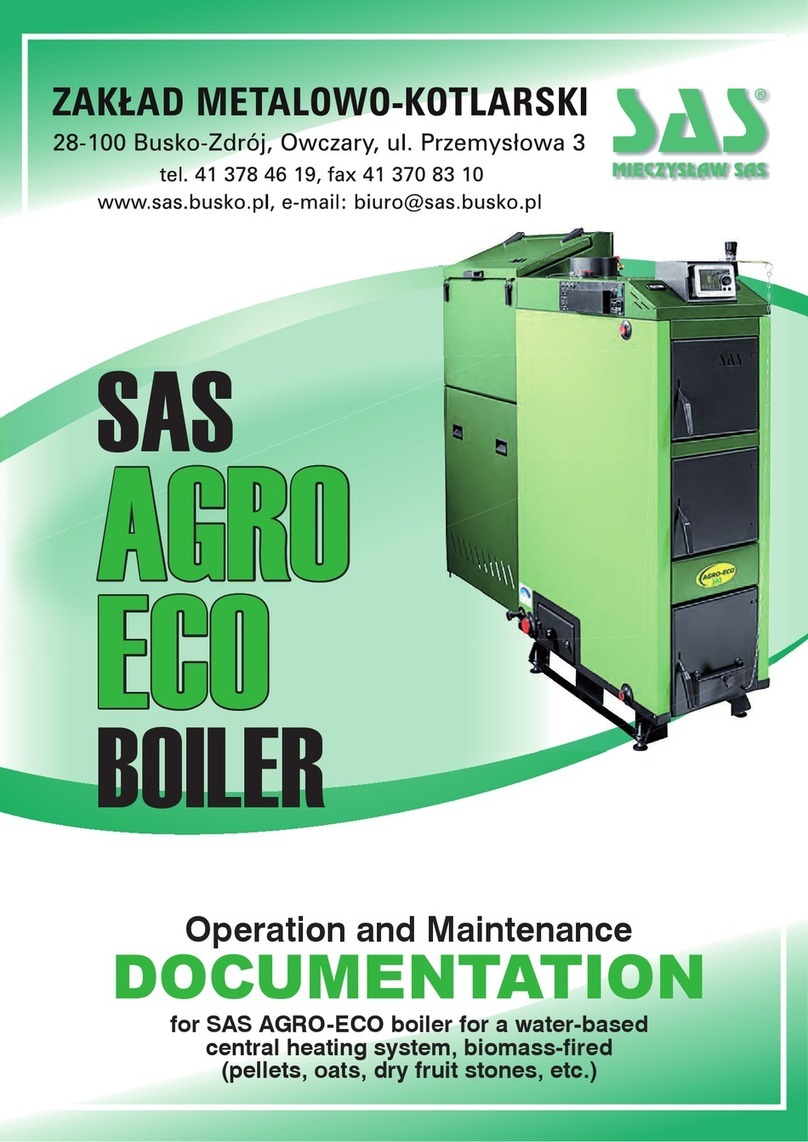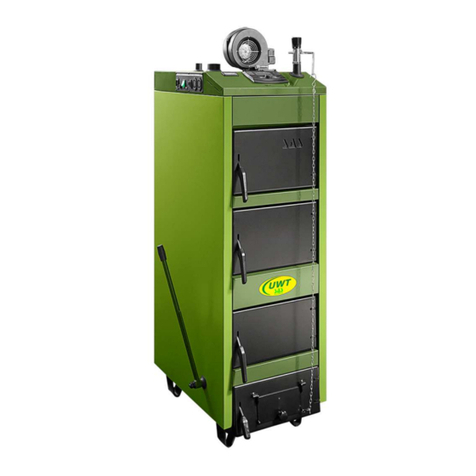
5
Dear buyer and user of boiler of SAS NWT type. This technical start-up documentation
contains all necessary information required for energy-saving, safe and longstanding
exploitation of your boiler.
We kindly ask you to get familiar with documentation content prior to assembling and
starting the exploitation of a boiler. Hereby documentation shall be kept for future use.
Upon familiarization with this manual, the user will be able to utilize this device in the
optimum way. Careful reading of the manual will help in effective and safe exploitation
of the boiler.
Boilers of SAS NWT type are designated for water installations of the central heating
systems, open type with gravitational or forced water circulation, protected according to
presently being in force, both domestic or the union detailed regulations (e.g. PN-91/B-
02413 – Boilers of SAS NWT type installed in accordance to hereby documentation
recommendations are not subject to the commissioning led by the Branch Office of
Technical Inspection). Boilers are specifically recommended for the flats heating in
single-family homes, pavilions, etc., where calculated feeding water temperature does not
exceed 85°C, and working pressure does not exceed 1,5 bar. Required gases draught
pressure after a boiler is 0,30 - 0,55 mbar (depending on boiler’s power). These boilers
may also work in hot water installations utilizing a heat exchanger.
Boiler’s selection for building heating should be based on heat balance, according to
regulations in force, both domestic and the union (e.g. PN-B-02025:2001).
Coal heating boiler SAS NWT type is provided with controller and blow-in fan. It is
modern design with lower combustion of solid fuels and three-duct combustion chamber
system. The boiler is made of steel plates welded type
∗
. The front chamber (pos. 4)
makes up a furnace with a water grate. Basic boiler’s elements are shown on the
drawing (p. 13). The water jacket (pos. 3) it is a cuboids shape structure with double walls,
separated by water partitions. At the upper part, the furnace is also closed with water jacket
what gives maximum use of gases heat. The water grate (pos. 9) makes up uniform unit
together with a heat exchanger, so it is not replaceable. Between water grate there are
cast iron movable grates (pos. 10
*
∗
). Under a heat exchanger, on its entire section,
there is an ash pan chamber. In the back part of it, there is an opening for
combustion chamber cleaning (pos. 17). At the upper part of boiler, under the cover
∗
Internal baffles ( elements having contact with fire) are made of boiler iron, 6mm thick. uter body of the
water jacket is made of steel plane, 4 mm thick.
** Does not apply to boilers of power above 36kW
2. USE THE BOILER
3. BOILER CONSTRUCTION DESCRIPTION

